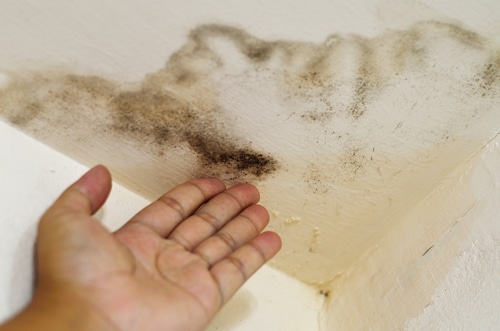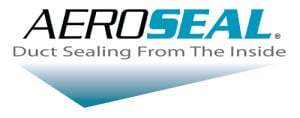Should I be concerned about mold and mildew or is this just another scare tactic?

I recently performed an aerobic (air) mold test on a house near the beach in St. Petersburg, Florida. This came from a lead I received from an ASHI (American Society of Home Inspectors) Home Inspector with whom I work closely on such problems. He had seen some mildew in the master bedroom closet ceiling and was concerned that it might be more than just your average strain. Because he is very aware of the potential problems with toxic molds, he decided to give the realtor my name and she called to inquire about our services.
I told her about our Microbiological Test Kit for all types of mold and mildew and that it would be important to know what kind of mold is present before you start any remediation process. She responded by asking, “Should I really be concerned about mold and mildew or is this just another scare tactic? Why can’t I just bleach this stuff and paint over it?” I was shocked by her question and wondered how she could be so unaware of the real health concerns now associated with toxic molds.
Molds are microscopic organisms found virtually everywhere, indoors and outdoors. Many of our building materials are especially susceptible to promoting mold growth and so our indoor environments can readily become incubators for all types of mold and mildew. When you add a little more moisture and a cool place to hide, mold and mildew can take over an area very quickly. One professor at LSU said, “Our homes are just giant petri dishes!” Therefore, the sources of mold problems in your home or office can be: flooding, leaky roofs, humidifiers, damp crawl spaces, constant plumbing leaks, excessive numbers of house plants, steam from cooking, shower/bath steam, wet clothes, and even your air conditioning system itself. Once disturbed, mold sends out spores (similar to seeds) and those spores can reek havoc on your sinuses and respiratory system.
Exposure to mold can be a health concern for anyone but is especially troublesome for infants, children, elderly, immune compromised patients, pregnant women, and individuals with existing respiratory conditions. A wide range of health problems including wheezing, nasal and sinus congestion, watery and red eyes, nose and throat irritation, fevers, asthma, emphysema and other symptoms result from ingesting these mold spores. The cause may be mold that you cannot see.
But what about toxic mold? Stachybotrys Chartarum. Sounds ominous, doesn’t it. Stachybotrys is a greenish-black toxic mold that colonizes particularly well in high-cellulose material such as straw, hay, wet leaves, dry wall, carpet, wall paper, fiber-board, ceiling tiles, thermal insulation, etc. Before drying, Stachybotrys is wet and slightly slimy to touch. The toxic mold grows in areas where the relative humidity is above 55%. Sounds like New Orleans, doesn’t it? So it shouldn’t surprise us to find cases of the toxic mold in the Crescent City and surrounding areas. Remember the family in Chalmette that moved out of their apartment last year because of toxic mold? Stachybotrys produces a mycotoxin that causes mycotoxicosis. This type of mold is thought to be a possible cause of the “sick building syndrome” and a multitude of “building related illnesses”. Children’s exposure to this mold is thought most likely to cause pulmonary hemosiderosis (bleeding in the lungs). Wouldn’t it be important to know if Stachybotrys is present in your indoor environment? When the Florida realtor asked me about toxic mold, I only needed to direct her to her favorite Internet search engine. By typing in “toxic mold” she was introduced to a whole new world of articles and news stories regarding the real dangers of toxic mold. So here’s the happy ending for her and her client: I was able to test the house for mold presence, suggest a reasonable remediation process, and assure the homeowner that toxic was NOT present.
Source:The National Organization of Remediators and Mold Inspectors (NORMI); first published in For Sale By Owner; written by D. Douglas Hoffman, a licensed Indoor Air Quality Consultant, State Certified General Contractor, State Certified Roofing Contractor, and State Certified Plumbing Contractor who is recognized as an Environmental Expert in the field of indoor air quality and water pollution. Aspen Environmental professionals are licensed and insured and members of the National Organization of Remediators and Mold Inspectors (NORMI), the National Air Duct Cleaners Association (NADCA), and the Institute of Inspection Cleaning and Restoration Certification (IICRC).Contact Aspen for anything related to water damage cleanup, mold testing, mold removal, or air ducts: Call 978.328.0882 or email [email protected].



